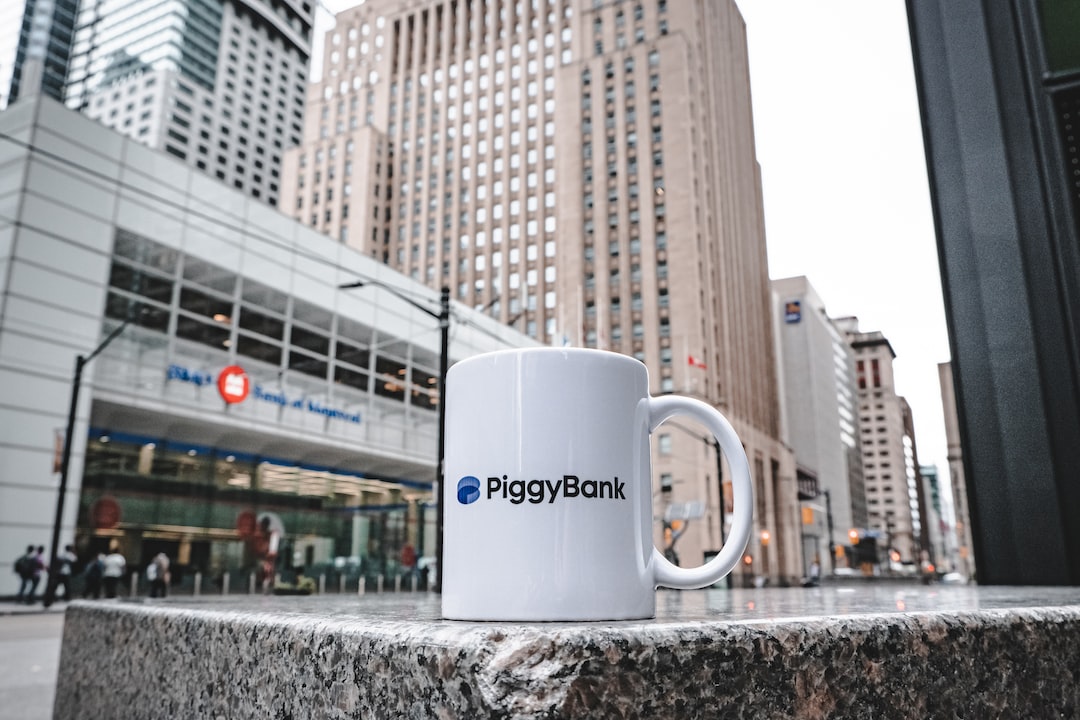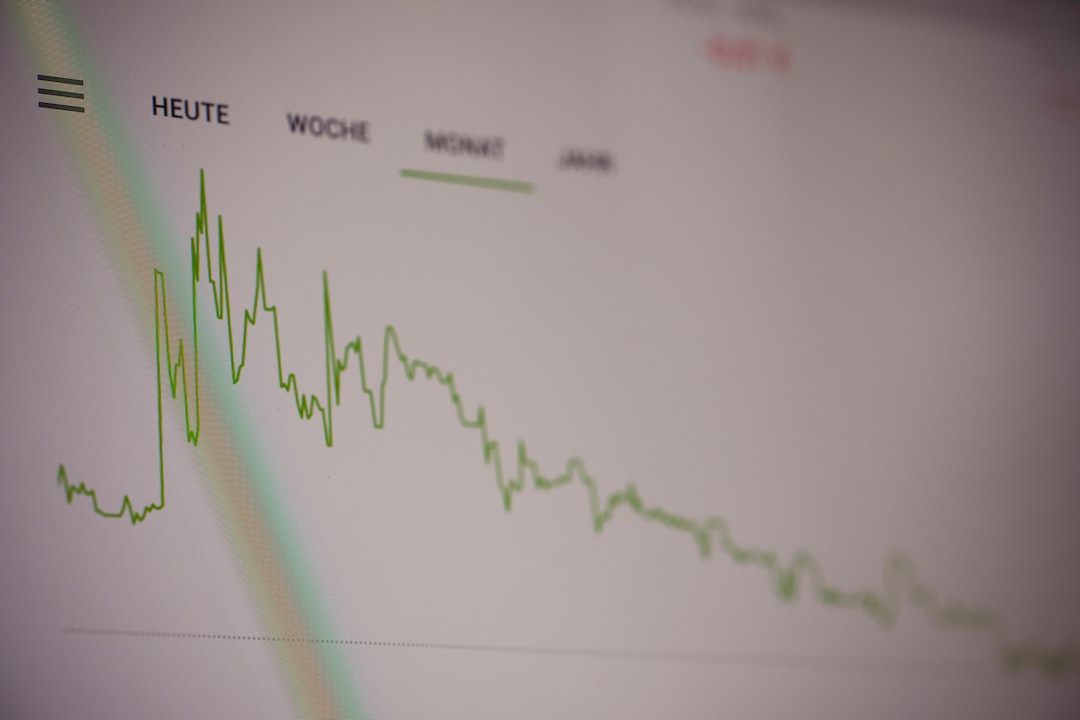How to Choose the Right Web-Based Forex Trading Platform for Your Investment Needs
In the world of forex trading, having the right tools is paramount to success. One of the most important tools for a forex trader is a web-based trading platform. With the advancement of technology, traders no longer need to rely on traditional desktop trading platforms. Web-based platforms offer convenience and flexibility, allowing traders to access their accounts and execute trades from anywhere in the world with an internet connection. However, with so many options available, it can be overwhelming to choose the right web-based forex trading platform for your investment needs. In this article, we will guide you through the process of selecting the perfect platform for your trading journey.
1. User-Friendly Interface: The first thing to consider when choosing a web-based forex trading platform is the user interface. A user-friendly interface is crucial for easy navigation and efficient trading. Look for a platform that offers a clean and intuitive design, with all the necessary tools and features easily accessible. A cluttered and complex interface can lead to confusion and errors, which can be costly in the fast-paced world of forex trading.
2. Security: Security should be a top priority when it comes to choosing a web-based forex trading platform. Ensure that the platform you choose uses state-of-the-art security measures to protect your personal and financial information. Look for platforms that utilize encryption technology and have a strong track record of data security. Additionally, check if the platform is regulated by a reputable financial authority, as this adds an extra layer of protection for your investments.
3. Trading Tools and Features: A good web-based forex trading platform should offer a wide range of trading tools and features to enhance your trading experience. Look for platforms that provide real-time market data, advanced charting tools, technical indicators, and customizable trading screens. Additionally, consider if the platform offers automated trading capabilities, such as expert advisors or algorithmic trading systems. These tools can help you make informed trading decisions and improve your overall profitability.
4. Access to Multiple Markets: Forex traders often diversify their portfolios by trading in multiple markets, such as stocks, commodities, or cryptocurrencies. Therefore, it is important to choose a web-based trading platform that provides access to a wide range of markets. Look for platforms that offer a variety of financial instruments and allow you to trade across different asset classes. This will enable you to take advantage of various market opportunities and reduce your dependency on a single market.
5. Mobile Compatibility: In today’s fast-paced world, being able to trade on the go is essential. Look for a web-based forex trading platform that is mobile compatible, allowing you to access your account and execute trades from your smartphone or tablet. Mobile trading platforms should offer the same features and functionality as the desktop version, ensuring a seamless trading experience across all devices. Additionally, consider if the platform has a dedicated mobile app for added convenience.
6. Customer Support: Lastly, consider the level of customer support provided by the web-based forex trading platform. Look for platforms that offer 24/7 customer support, preferably through multiple channels such as phone, email, and live chat. Prompt and efficient customer support is crucial, as it can help resolve any technical issues or trading-related queries that you may encounter.
In conclusion, choosing the right web-based forex trading platform is crucial for your investment needs. Consider factors such as user-friendliness, security, trading tools and features, access to multiple markets, mobile compatibility, and customer support. By carefully evaluating these factors, you can select a platform that meets your requirements and provides a seamless trading experience. Remember, the right platform can make all the difference in your forex trading journey.


















































